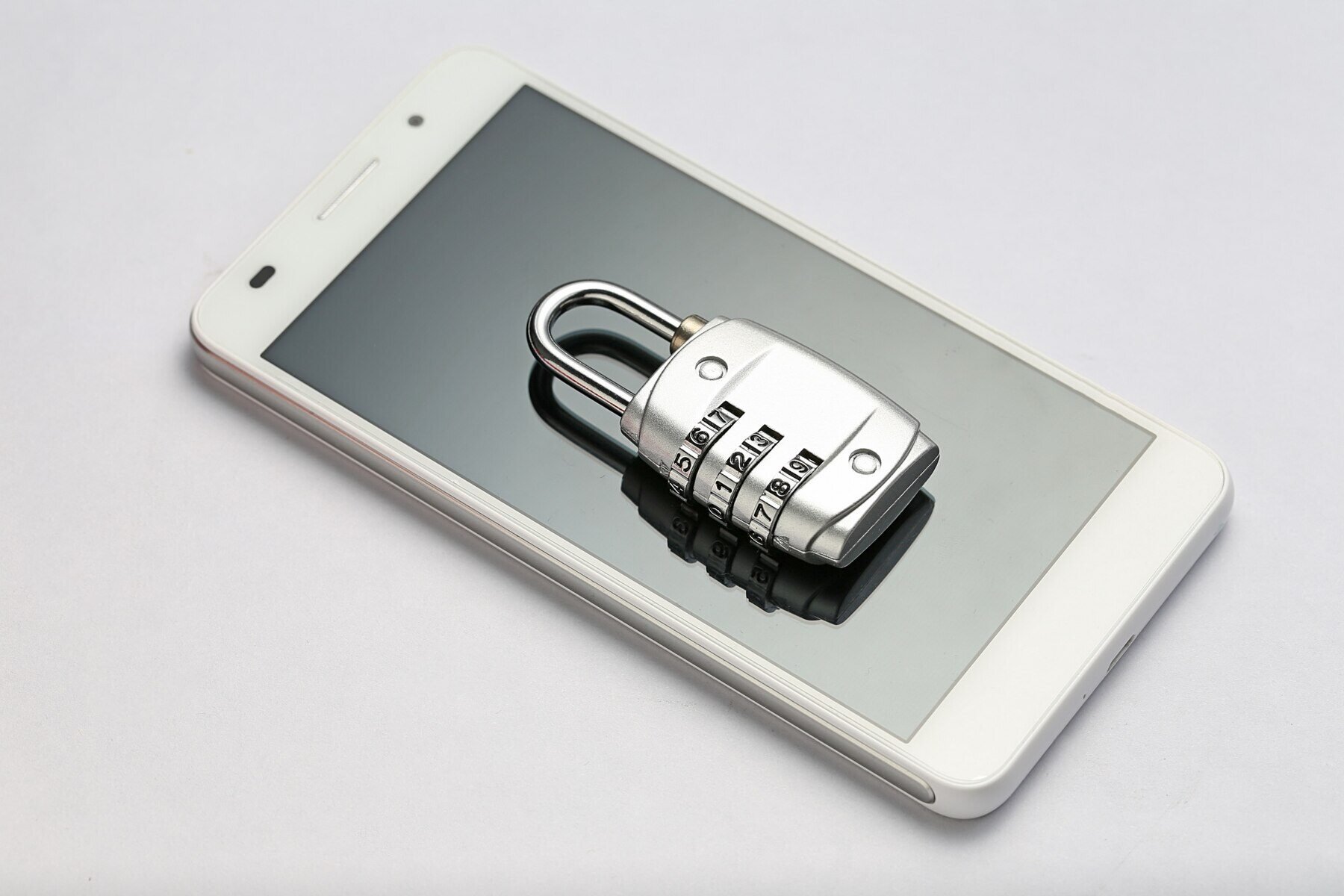Authentication is a crucial process in the digital world to ensure that only authorized individuals gain access to a system or service. However, users often experience authentication failures, preventing them from accessing important services. This article discusses what authentication is, how to resolve authentication failures, and strategies for ensuring secure authentication against cyberattacks.
What Is Authentication?
Authentication is the process of verifying a user’s identity before granting access to a specific system or service. Traditional authentication methods typically use a combination of usernames and passwords. However, as technology advances and cyber threats rise, authentication has evolved to include two-factor authentication (2FA) and multi-factor authentication (MFA).
Tips to Overcome Authentication Failures
Here are several ways to address authentication failures, along with explanations:
1. Double-Check Credentials
Make sure your username and password are entered correctly. Use the “Show Password” feature while typing to avoid errors. Pay attention to uppercase/lowercase letters and special characters.
2. Ensure a Stable Internet Connection
Weak or unstable internet connections can cause authentication failures, especially for cloud-based authentication or online apps. Try switching to a more stable Wi-Fi network or mobile data.
3. Check the Service’s Server Status
Sometimes, login failures happen because the service is experiencing downtime or server issues.
4. Use Account Recovery Options
If authentication fails due to forgotten passwords or missing OTPs, use the "Forgot Password" or "Account Recovery" options. Make sure your registered email or phone number is active to receive reset links.
5. Use Alternative Authentication Methods
If SMS OTP authentication fails, try using authenticator apps like Google Authenticator or Microsoft Authenticator. Sometimes, SMS delivery can be delayed due to poor signal.
6. Update Your App or Operating System
Ensure your authentication app and OS are updated to avoid bugs or compatibility issues. If the authentication app still doesn’t work, try clearing its cache or reinstalling the app.
7. Temporarily Disable VPN or Firewall
Some services block login attempts if you’re using VPNs or strict firewall settings. Try turning off your VPN and attempt to log in again.
8. Check if the Account Is Locked or Blocked
Multiple failed login attempts might trigger account lockouts for security reasons. Wait for a while before retrying or contact customer support to unlock your account.
9. Contact Customer Support
If none of the above methods work, contact the platform’s customer support team. Prepare information like your registered email, phone number, or recovery codes for verification.
10. Switch to a Safer Authentication Method
If you often face authentication failures due to SMS OTPs, consider switching to more secure methods like VIDA FaceToken and PhoneToken, which use biometric and device-based authentication that’s much harder to hack.
Why PINs, Passwords, and OTPs Are No Longer Reliable
Did you know that several banks in Singapore and Malaysia have stopped using OTPs for authentication? Banks realized that OTP-based authentication has become increasingly vulnerable to phishing attacks.
Here’s why these methods are no longer sufficient:
1. The Weakness of PINs and Passwords
Studies show that 90% of passwords are vulnerable to hacking. Weak or predictable passwords can be easily cracked through brute-force attacks and credential stuffing.
Meanwhile, 65% of users reuse passwords across different accounts, meaning if one account is breached, others are at risk.
Additionally, complex passwords can confuse users, leading them to create simpler, more hackable passwords—or worse, to store passwords insecurely.
2. The Weakness of SMS OTPs
While SMS OTPs were once considered an extra security layer, they are now easily exploited:
-
SIM Swapping
Attackers hijack a victim’s phone number, receiving OTPs meant for the victim. In 2023, SIM swap attacks rose by 450%, making it one of the most dangerous account takeover methods. -
Interception & Phishing
SMS OTPs can be intercepted through man-in-the-middle (MitM) attacks or stolen via phishing scams that trick victims into revealing their OTPs.
Moreover, SMS OTPs depend heavily on mobile network stability. Poor signal or network disruptions can prevent OTP delivery, causing authentication failures.
Time to Switch to Safer Authentication Methods
Traditional authentication methods are no longer enough. To overcome frequent authentication failures and enhance security, users must switch to more modern solutions like biometric and device-based authentication.
1. VIDA FaceToken
VIDA FaceToken is a facial recognition-based authentication solution designed to ensure that only genuine users can access accounts and perform digital transactions.
It combines face matching, liveness detection, and device authentication into one seamless process—offering maximum protection against threats like deepfakes, spoofing, and injection attacks.
Unlike SMS OTPs, which are vulnerable to phishing, SIM swapping, and fake BTS attacks, FaceToken requires no OTP codes. Users simply scan their face to authenticate, making it faster, more convenient, and much safer.
2. VIDA PhoneToken
VIDA PhoneToken is a device-based authentication solution that uses Public Key Infrastructure (PKI) to secure digital transactions. With PhoneToken, each device is directly linked to the user’s verified identity, ensuring that only registered devices can access accounts.
By replacing passwords and SMS OTPs with biometrics and device authentication, users enjoy stronger security and avoid authentication failures altogether.

.png)


